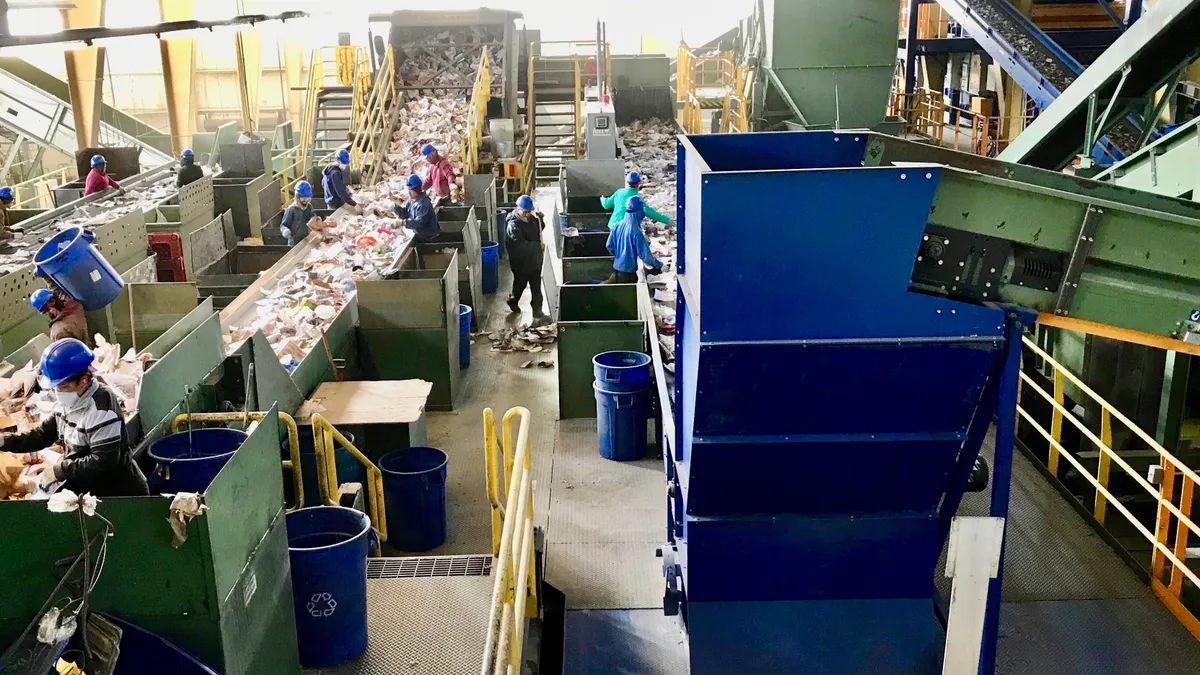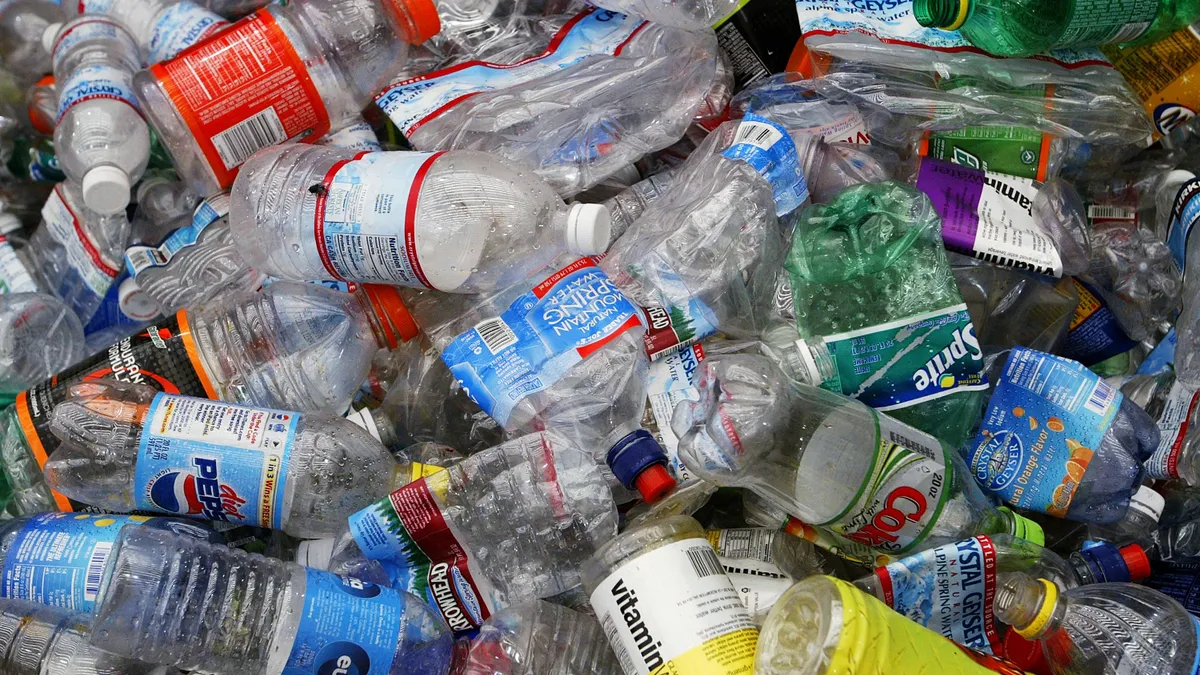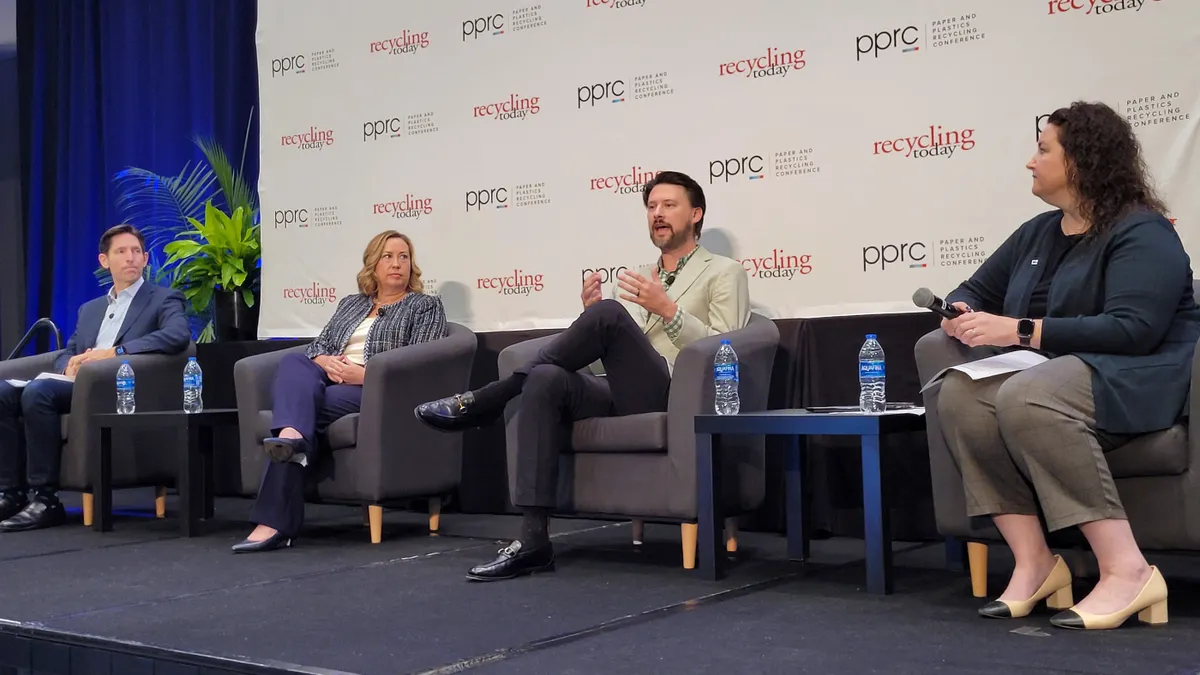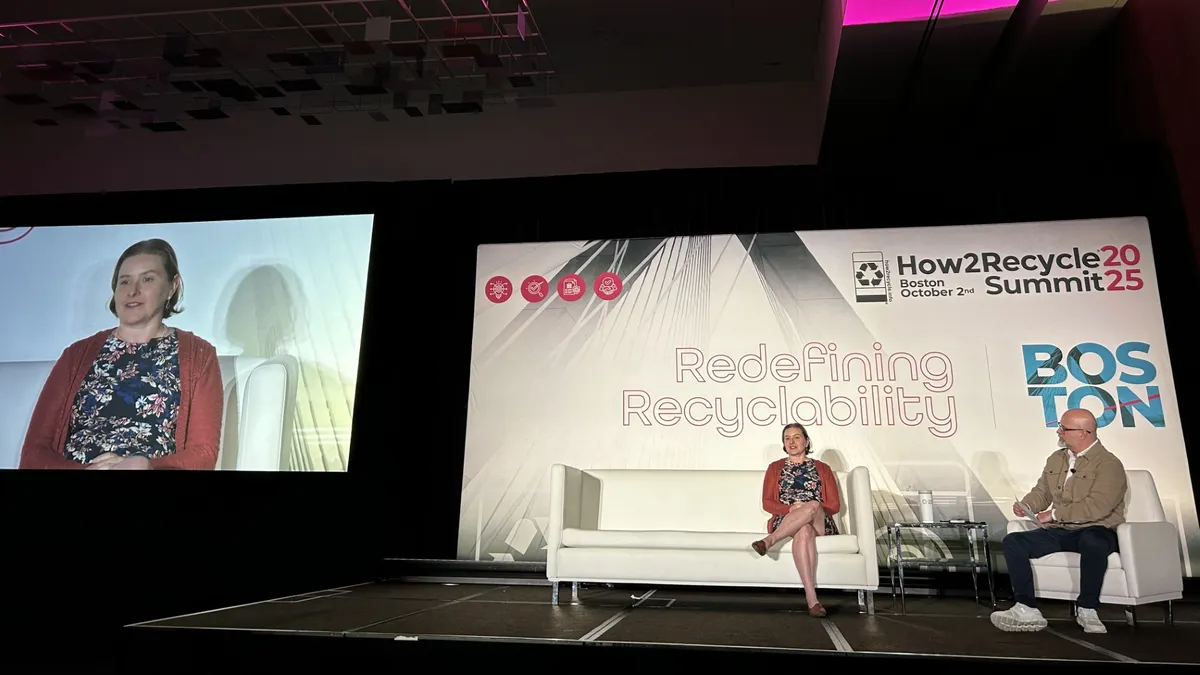CalRecycle is reviewing a new set of comments on draft regulations for SB 54, California’s plastic source reduction and extended producer responsibility for packaging law. Comments were due to the agency June 3, a few weeks after the draft text was released. Packaging interest groups highlighted ongoing concerns around timelines and flexibility.
Work on SB 54 has been “a wild ride, to say the least,” said Zoe Heller, the recently confirmed director of CalRecycle, speaking at the Product Stewardship Institute’s 25th Anniversary Forum in Wheeling, Illinois, on June 4. These latest steps followed Gov. Gavin Newsom’s office in March directing CalRecycle to restart the regulatory process, citing cost concerns.
Heller acknowledged the benefits of partnering with and learning from the work of other states. “We're all trying to do something that's very, very hard,” she said during a panel with officials from different states that are implementing packaging EPR.
Heller discussed how the agency’s current work is now informed by even more comments and conversations.
After beginning to read new comments this week, “while I can see we did some things well, there's some components of our regulations that are still going to need work before we can initiate the formal rulemaking process,” Heller said Wednesday.
The goal in the coming weeks is to review comments, “identify where we can make some tweaks, and hopefully start initiating this formal process soon,” she said.
When the governor’s office sent CalRecycle back to the drawing board, the intent was not to change any dates that were in statute — increasing urgency to finalize the rulemaking process so that implementation can begin.
With some key compliance dates quickly approaching, clear regulations will be important for Circular Action Alliance, producers and recycling service providers to understand their roles going forward, Heller said.
CAA, the appointed producer responsibility organization for California’s EPR program, last month shared updates on how it is moving forward in California amid those constraints. It’s focusing on building a program plan, reimbursement mechanism and reporting systems. CAA anticipates producers will register this fall, with a first data reporting deadline in November.
Within a 25-page comments submission, Ameripen outlined its priority issue areas. That list includes factoring sales growth into adjusting source reduction calculations.
Multiple business groups also called out how California’s Proposition 65, meant to protect against harmful chemical exposures, shows up in SB 54. Ameripen said that, as written, the text would require a PRO to charge fees to producers that use a covered material containing any chemical on the Prop 65 list.
The California Chamber of Commerce also raised this issue.
“Almost all packaging — including inks, labels, and adhesives — can potentially contain Prop 65-listed chemicals, even if they are not intentionally added and even if the exposure is very limited. Given the breadth of the Prop 65 list and the risk of trace contamination (especially when using postconsumer recycled [PCR] content), it will be nearly impossible for companies to certify that their packaging contains none of these chemicals,” the organization wrote.
Signatories on the group’s letter include the American Chemistry Council, the Consumer Brands Association, Dart Container, the Coalition for Protein Packaging and others.
In its comments, the Flexible Packaging Association addressed a need for more flexibility and faster change as a material’s recyclability improves.
“As film and flexible materials begin to benefit from the end market development and recycling investment that SB 54 will provide, CalRecycle will need to provide an on-ramp for those materials to be considered ‘recyclable,’” FPA wrote. CalRecycle should be able to more quickly determine how a material’s recyclability is trending, rather than waiting for a subsequent material characterization study, FPA says.
Environmental organizations such as the Ocean Conservancy raised different concerns.
“These implementation plans have deviated significantly from the law in two major areas: by expanding the list of products excluded from the law and by allowing harmful chemical recycling technology,” Anja Brandon, the Ocean Conservancy’s director of plastics policy, said in a statement.
Regarding exemptions, the group noted the text now has carve-outs for more over-the-counter drugs as well as what appears to be all food-contact packaging subject to federal food and agriculture standards. “Given the broad language used, it is unclear what products in the grocery store – if any – would still be included in the program,” the group stated.
Similar concerns were shared by SB 54 sponsor state Sen. Ben Allen.
One issue raised in comments from the National Stewardship Action Council is the apparent removal of a section explaining that alternative producer responsibility organizations could be allowed years down the line.
“While that is in the future, we think it’s important to have language in this version of the regulations to hold space for that option,” wrote Heidi Sanborn, NSAC’s executive director. “Our free-market economy will only work with competition, and the goal of requiring only one PRO early on was to allow a coordinated ramp up, but it was not to mandate a monopoly, and we must ensure that does not happen in order to keep system costs down.”


















